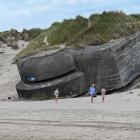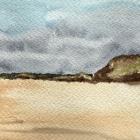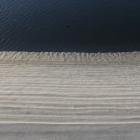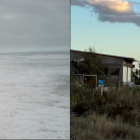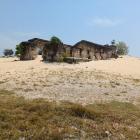The Fury of Fiona
Living on Prince Edward Island, Canada’s smallest and only island province, I’m never far from the sea, and at our summer home, only steps from its breathtaking coastal dunes on the Gulf of St. Lawrence. In the five years that I’ve lived on the Island, I’ve seen it through two hurricanes—Dorian, in early September 2019, and Fiona, in late September 2022—numerous winter storms, and rapid change.
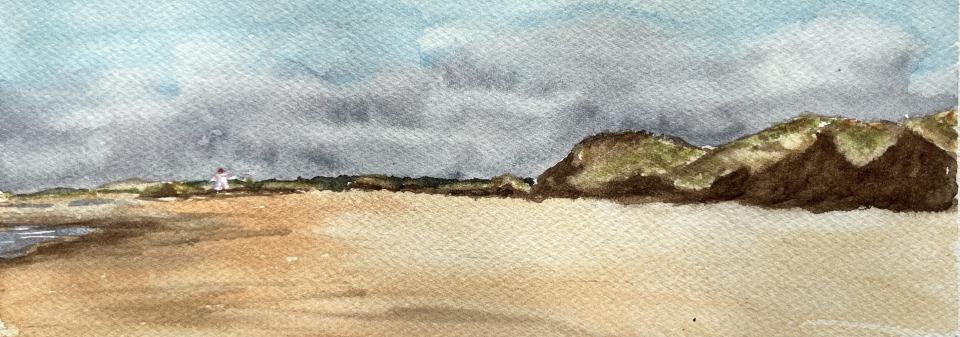
The dunes at St. Peters Harbour, Prince Edward Island, October 2022. Watercolor based on a personal photo.
The dunes at St. Peters Harbour, Prince Edward Island, October 2022. Watercolor based on a personal photo.
Original artwork by Barbara Palmer Rousseau.
 This work is licensed under a Creative Commons Attribution-NonCommercial-NoDerivatives 4.0 International License.
This work is licensed under a Creative Commons Attribution-NonCommercial-NoDerivatives 4.0 International License.
Just as I was narrowing down the topic of my Master’s thesis at the University of Prince Edward Island to the ecosystem services and resilience of our coastal dunes, Hurricane Fiona arrived and took large chunks out of the Gulf shore. Already trimmed and washed over by winter storms, as climate change reduces the protective sea ice, the north winds and storm surge at high tide carried an estimated 40 percent of the mass of the dunes out to sea. At our beach at St. Peters Harbour, illustrated above, the larger dunes had been sheared, the smaller dunes had been breached in several places, and the beach seemed twice as wide.
But my subsequent historical research, as well as my engagement with the DUNES project, has shown that the island’s sandy coast has always shifted, and indeed, some of the dunes only exist as a result of human infrastructure. The sand that washed out to sea is gradually coming back—maybe not in the same place, given the prevailing longshore drift—and the sand that washed inland is doing what it’s supposed to do in the face of rising sea levels. It’s only humans that want it to stay in the same place.





